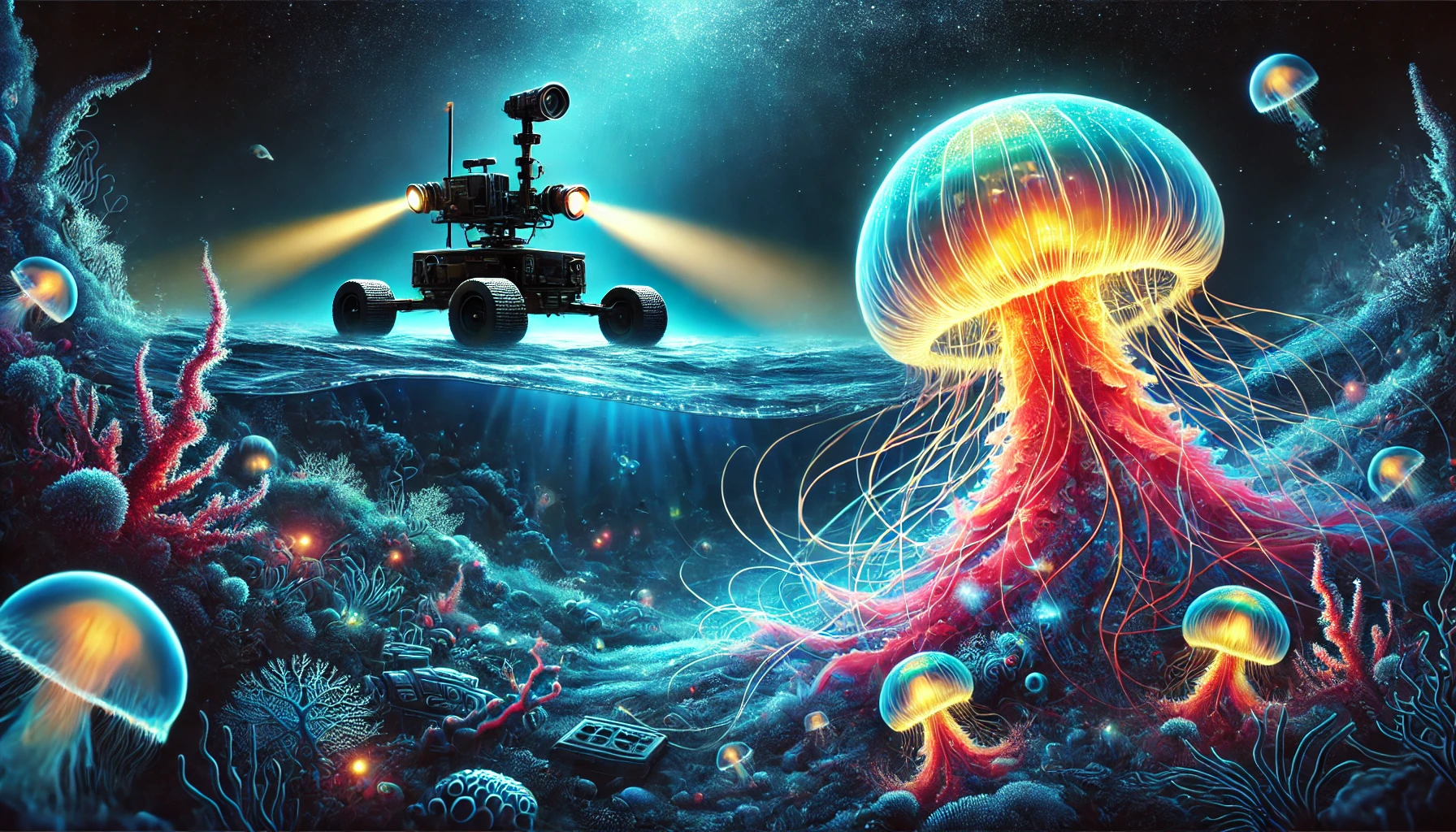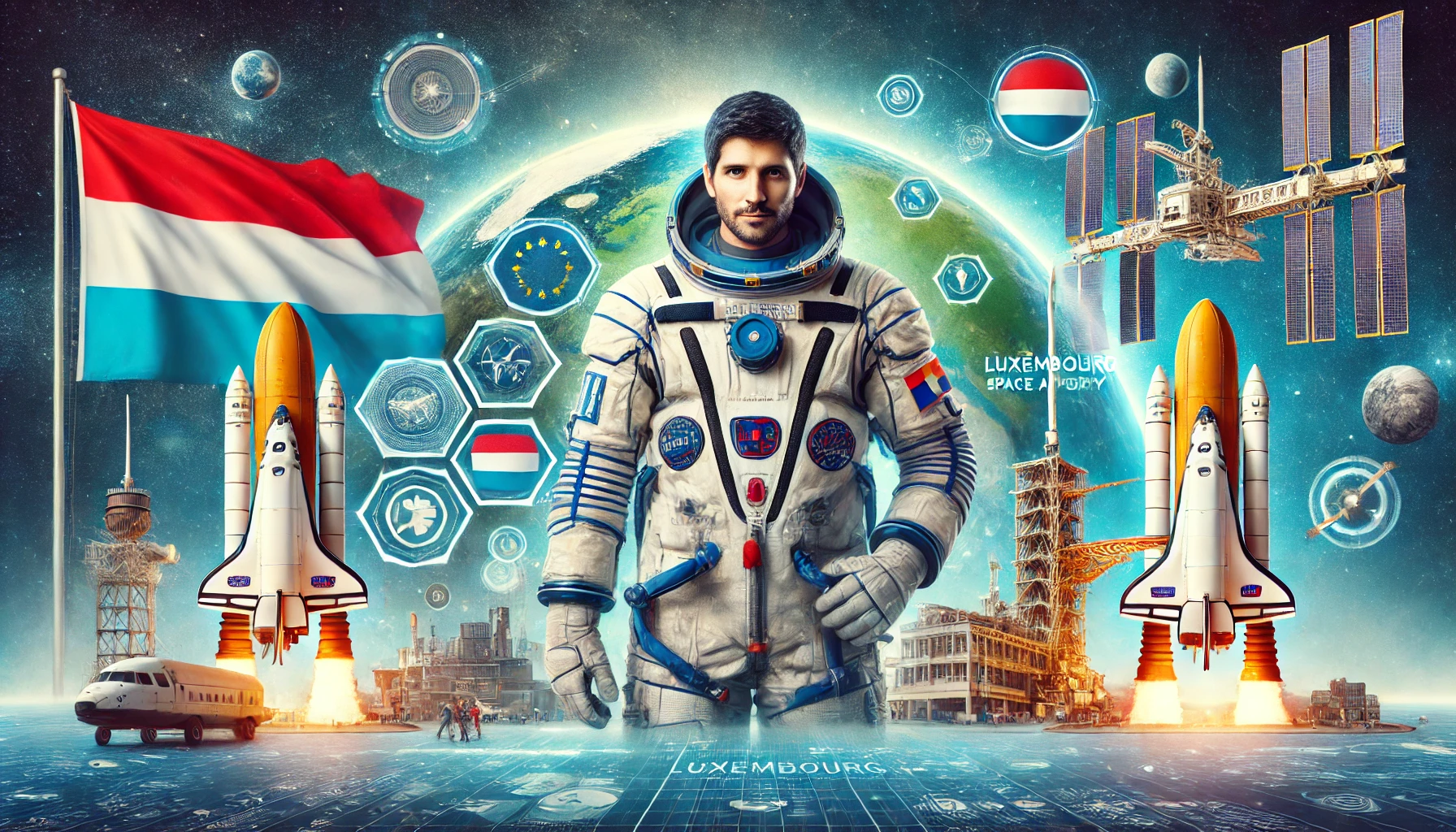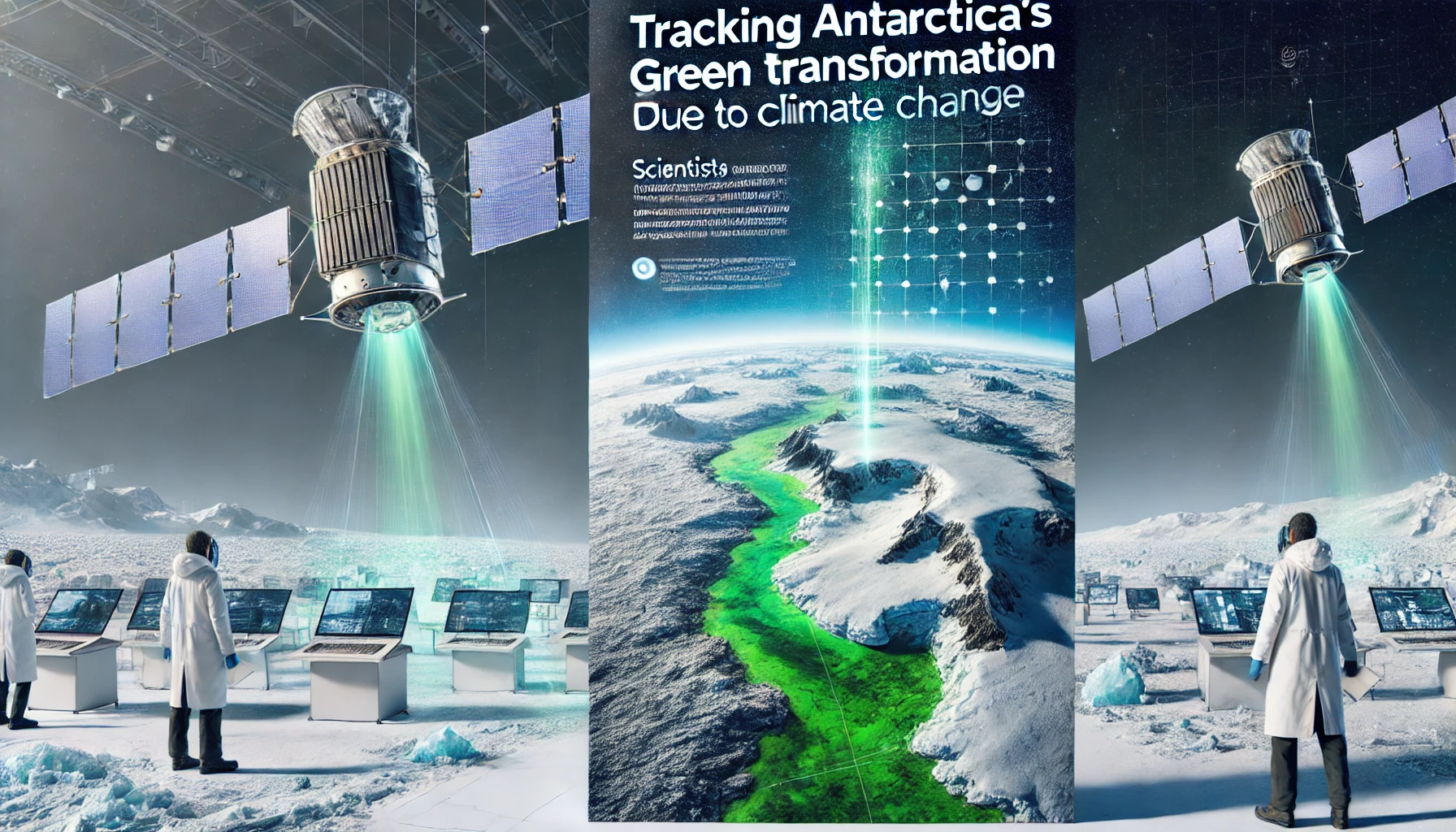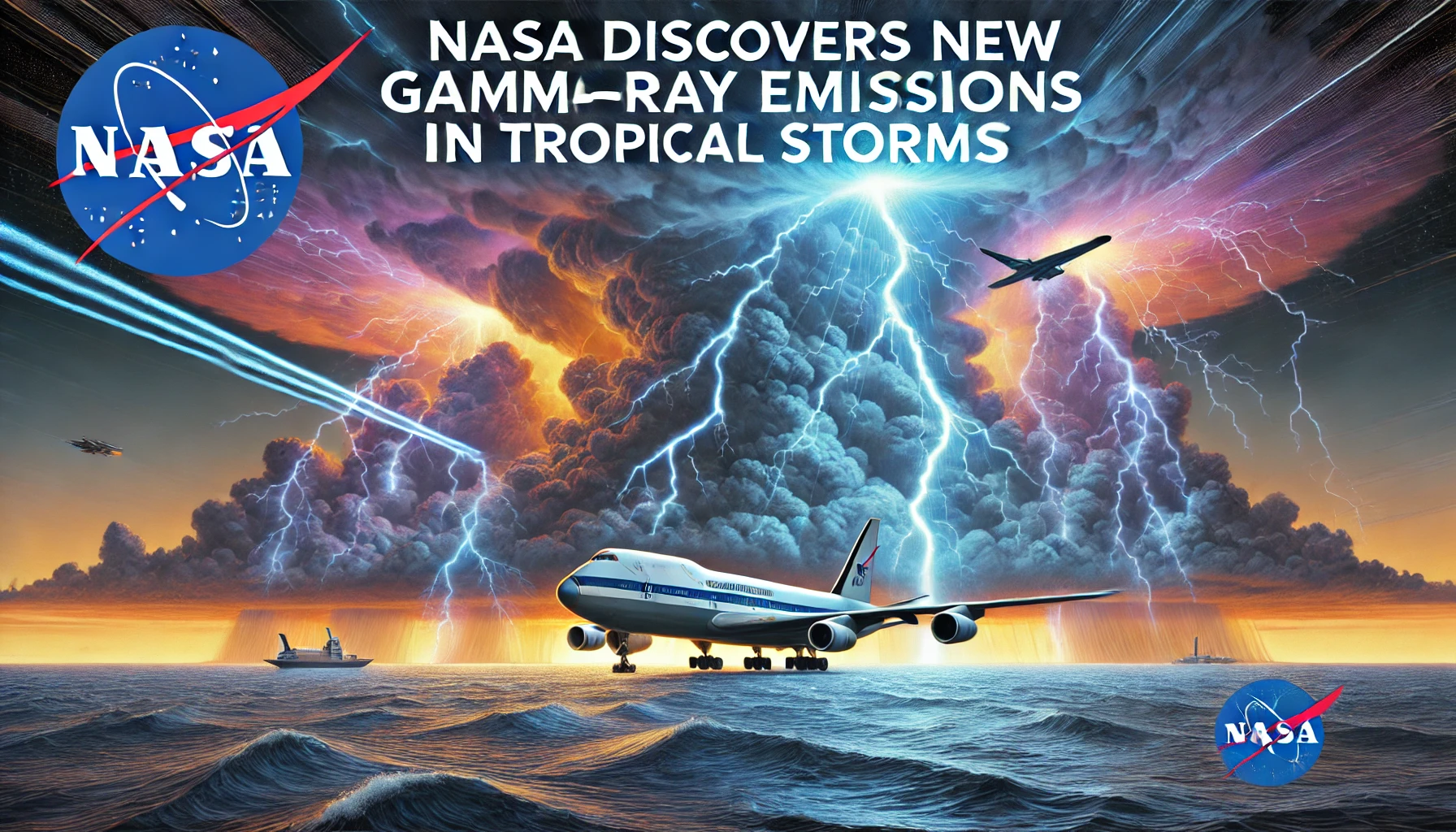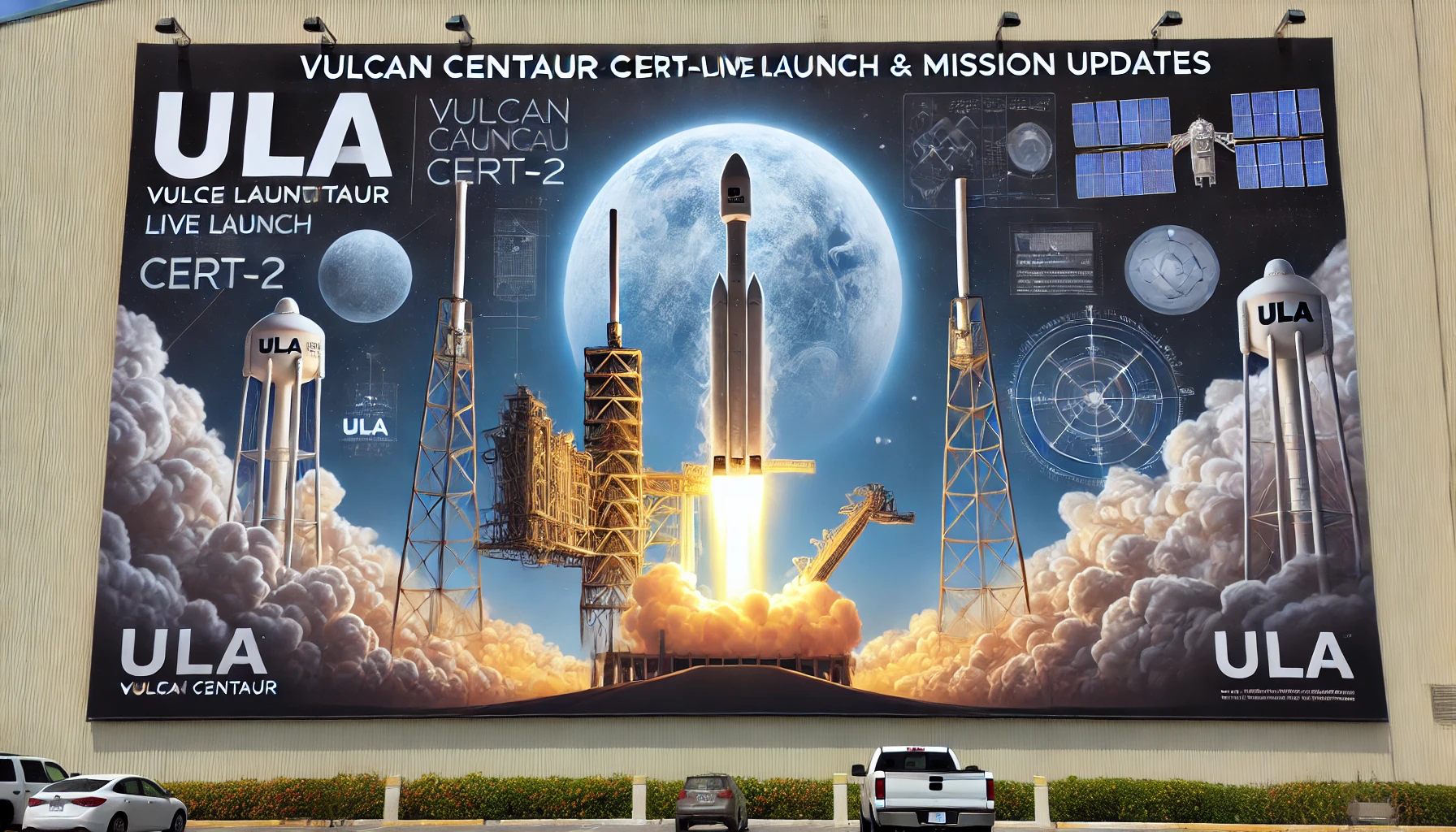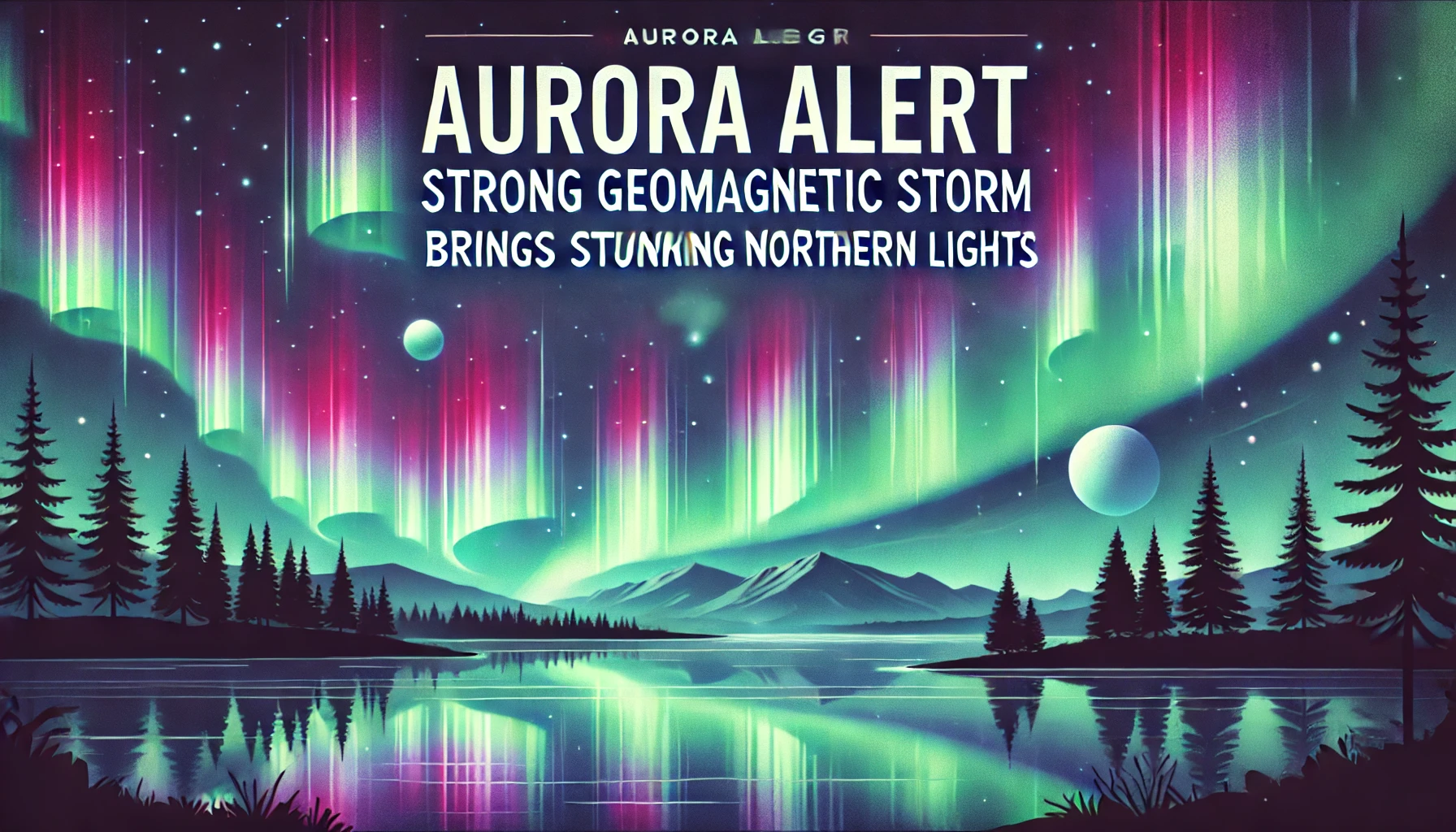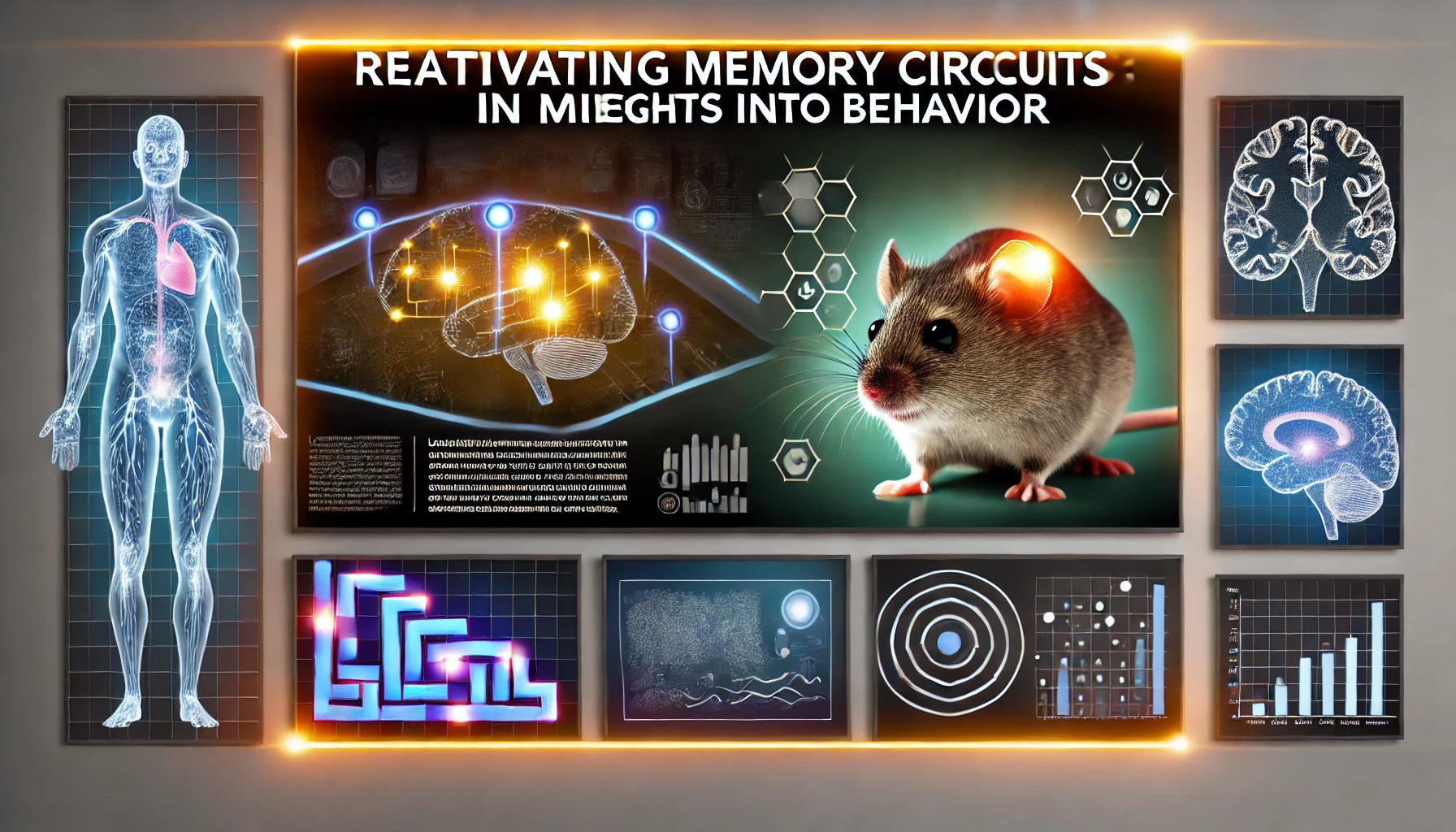In a rare collision of natural forces and technological ambition, Hurricane Milton has forced a delay in NASA’s mission to Jupiter. This event has stirred public interest in how natural disasters, especially hurricanes, impact major space missions. Florida, home to NASA’s Kennedy Space Center, frequently faces severe weather threats during hurricane season, and Hurricane Milton is one of the most powerful storms to threaten the area in recent years. This blog will explore how Hurricane Milton’s path, storm tracking technologies, and NASA mission delays intertwine, …
The ocean depths have always been a frontier for scientific discovery, where bizarre creatures live under extreme conditions, often exhibiting adaptations and behaviors that seem alien to us. One of the latest revelations in deep-sea research has captivated scientists and the public alike: deep-sea creatures that, when injured, merge into a “single entity,” revealing bizarre new behavior. This finding has opened up new discussions about marine life behavior and the intricacies of how these species survive in their hostile environment. Through the use of ocean …
Asteroids have posed a threat to Earth since its formation, and while many large collisions have occurred over the millennia, modern science is now equipped with tools to prevent such disasters. At the heart of this progress are missions like NASA’s Double Asteroid Redirection Test (DART) and ESA’s Hera mission, both aimed at studying and developing techniques for planetary defense. These missions not only explore asteroid deflection but also delve into the intricacies of binary asteroid systems, offering new insights that could one day save …
Raphaël Liégeois: In an exciting development for Luxembourg, Raphaël Liégeois has become the first astronaut to represent the nation in space. As a key figure in the European Space Agency (ESA), Liégeois’s journey marks a significant milestone not only for him personally but also for Luxembourg’s growing presence in the field of space exploration. As we explore the details of Liégeois’s mission and his contributions as a Luxembourg astronaut, we’ll also discuss the broader context of Luxembourg’s involvement in space initiatives, including upcoming missions and …
Antarctica, long known for its icy, barren landscape, is undergoing a transformation that has piqued the interest of climate scientists around the globe. As global temperatures rise, the southernmost continent is showing signs of green growth—a direct result of climate change. Using satellite imagery, scientists are observing the development of green algae blooms on the Antarctic Peninsula. This greening phenomenon has implications not only for the local environment but also for the global climate. This post delves into the research that is uncovering how Antarctica …
NASA researchers have long been exploring the mysteries of our planet’s atmosphere, and their latest findings regarding gamma-ray emissions in tropical thunderstorms have sent waves through the scientific community. These NASA gamma-ray emissions are reshaping how we understand thunderstorms, revealing that these powerful storms can produce incredibly high-energy flashes of light—gamma rays—previously only associated with distant cosmic events. With the help of cutting-edge technology, such as the NASA Fermi Gamma-ray Space Telescope, scientists are unraveling the complexities behind terrestrial gamma-ray flashes, tropical thunderstorms, and high-energy …
The United Launch Alliance (ULA) is making waves in the space industry with its Vulcan Centaur rocket, which is set to play a pivotal role in future space exploration and national security missions. As ULA prepares for the Cert-2 mission, space enthusiasts and industry experts are eagerly awaiting the results of this critical flight. The launch of Vulcan Centaur, scheduled to lift off from Cape Canaveral in October 2024, will provide crucial data for its certification, potentially solidifying its status as one of the most …
For skywatchers and space enthusiasts alike, the aurora borealis—more commonly known as the northern lights—presents one of the most mesmerizing natural displays on Earth. Tonight, due to an incoming strong geomagnetic storm, those lucky enough may witness a spectacular northern lights show, stretching across areas much farther south than usual. But what exactly causes these breathtaking light displays, and how can you ensure you don’t miss them? In this blog, we’ll explore the science behind auroras, how geomagnetic storms and solar flares impact them, the …
In a groundbreaking study, researchers have successfully reactivated memory circuits in mice to induce shelter-seeking behavior, shedding light on the complex mechanisms of memory and behavior in mammals. This remarkable advancement not only enhances our understanding of spatial memory but also opens new avenues for research in neuroscience, particularly concerning how memories can be manipulated to influence behavior. The implications of this work extend to potential treatments for memory-related disorders, including Alzheimer’s disease. In this blog post, we will delve into how the study was …
The idea of a human head transplant sounds like something out of a science fiction novel, but scientists have been exploring the possibility for decades. While this concept might seem outlandish, advances in medical technology have brought it closer to reality than ever before. One name that has become closely associated with this groundbreaking surgery is Brainbridge, a research initiative pushing the boundaries of what is possible in the field of human head transplant surgery. This blog will dive into the feasibility of human head …


